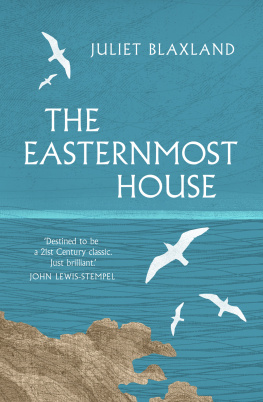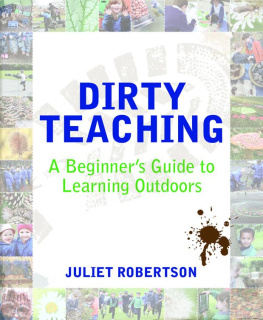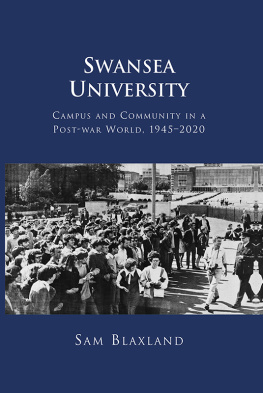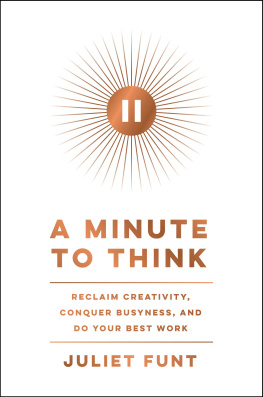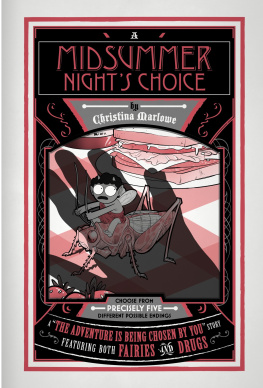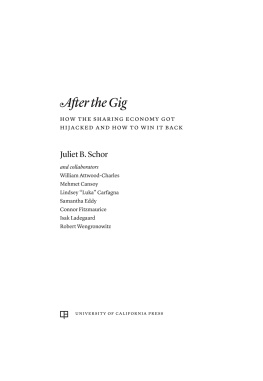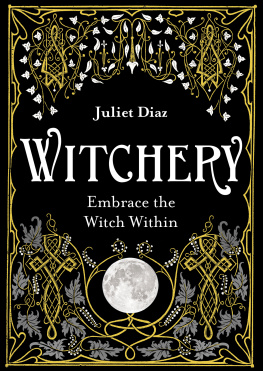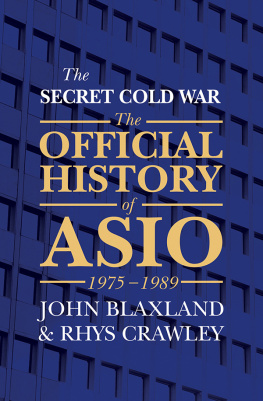Blaxland Juliet - The Easternmost House
Here you can read online Blaxland Juliet - The Easternmost House full text of the book (entire story) in english for free. Download pdf and epub, get meaning, cover and reviews about this ebook. year: 209, genre: Art. Description of the work, (preface) as well as reviews are available. Best literature library LitArk.com created for fans of good reading and offers a wide selection of genres:
Romance novel
Science fiction
Adventure
Detective
Science
History
Home and family
Prose
Art
Politics
Computer
Non-fiction
Religion
Business
Children
Humor
Choose a favorite category and find really read worthwhile books. Enjoy immersion in the world of imagination, feel the emotions of the characters or learn something new for yourself, make an fascinating discovery.
- Book:The Easternmost House
- Author:
- Genre:
- Year:209
- Rating:4 / 5
- Favourites:Add to favourites
- Your mark:
- 80
- 1
- 2
- 3
- 4
- 5
The Easternmost House: summary, description and annotation
We offer to read an annotation, description, summary or preface (depends on what the author of the book "The Easternmost House" wrote himself). If you haven't found the necessary information about the book — write in the comments, we will try to find it.
The Easternmost House — read online for free the complete book (whole text) full work
Below is the text of the book, divided by pages. System saving the place of the last page read, allows you to conveniently read the book "The Easternmost House" online for free, without having to search again every time where you left off. Put a bookmark, and you can go to the page where you finished reading at any time.
Font size:
Interval:
Bookmark:

Juliet Blaxland is an architect, author, cartoonist and illustrator. She is the author and illustrator of twelve childrens books, and a prize-winning photographer. She grew up in a remote part of Suffolk and now lives on a crumbling cliff at the easternmost edge of England.

First published in Great Britain by
Sandstone Press Ltd
Dochcarty Road
Dingwall
Ross-shire
IV15 9UG
Scotland
www.sandstonepress.com
All rights reserved.
No part of this publication may be reproduced,
stored or transmitted in any form without the express
written permission of the publisher.
Copyright Juliet Blaxland 2018
Editor: Moira Forsyth
The moral right of Juliet Blaxland to be recognised as the
author of this work has been asserted in accordance with the
Copyright, Designs and Patents Act 1988.
The publisher acknowledges subsidy from Creative Scotland
towards publication of this volume.
ISBN: 978-1-912240-54-8
ISBNe: 978-1-912240-55-5
Cover design by David Eldridge
Ebook compilation by Iolaire, Newtonmore
The Easternmost House is dedicated to all the people who have been physically involved in the making of the British landscape in the past, and to those who still live and work in the countryside or on the land today: farmers, fishermen, shepherds, hedge layers, thatchers, stone wallers, flint knappers, barn builders, farriers, racehorse trainers, grooms, vets, pub landlords, village shopkeepers, butchers, tractor drivers, fellows who cut the hay, fruit pickers, gardeners, tree planters, landowners, river keepers, ghillies and everyone else not yet mentioned...
I am also very grateful to Jane Graham-Maw of Graham-Maw Christie, literary agent, Moira Forsyth of Sandstone Press, publisher, John Lewis-Stempel, author and Country Life columnist, and Giles Stibbe, husband, for their belief in this book before it really existed.
Twitter @JulietBlaxland
#TheEasternmostHouse
The great thing about Suffolk is that once you arrive here, you are in a kind of simple environment, a comfortable, gorgeous place, where the people will be delightful and friendly. They dont go off to wild lives or other distractions with noise and traffic. There is also the way it looks. Its such a beautiful county. If you live here, you get really used to the unbelievable beaches, the curve of the land, the beauty of the villages.
If you are making a film about England, you can find everything you want, and more, here.
Richard Curtis, on filming in Suffolk
June 2018
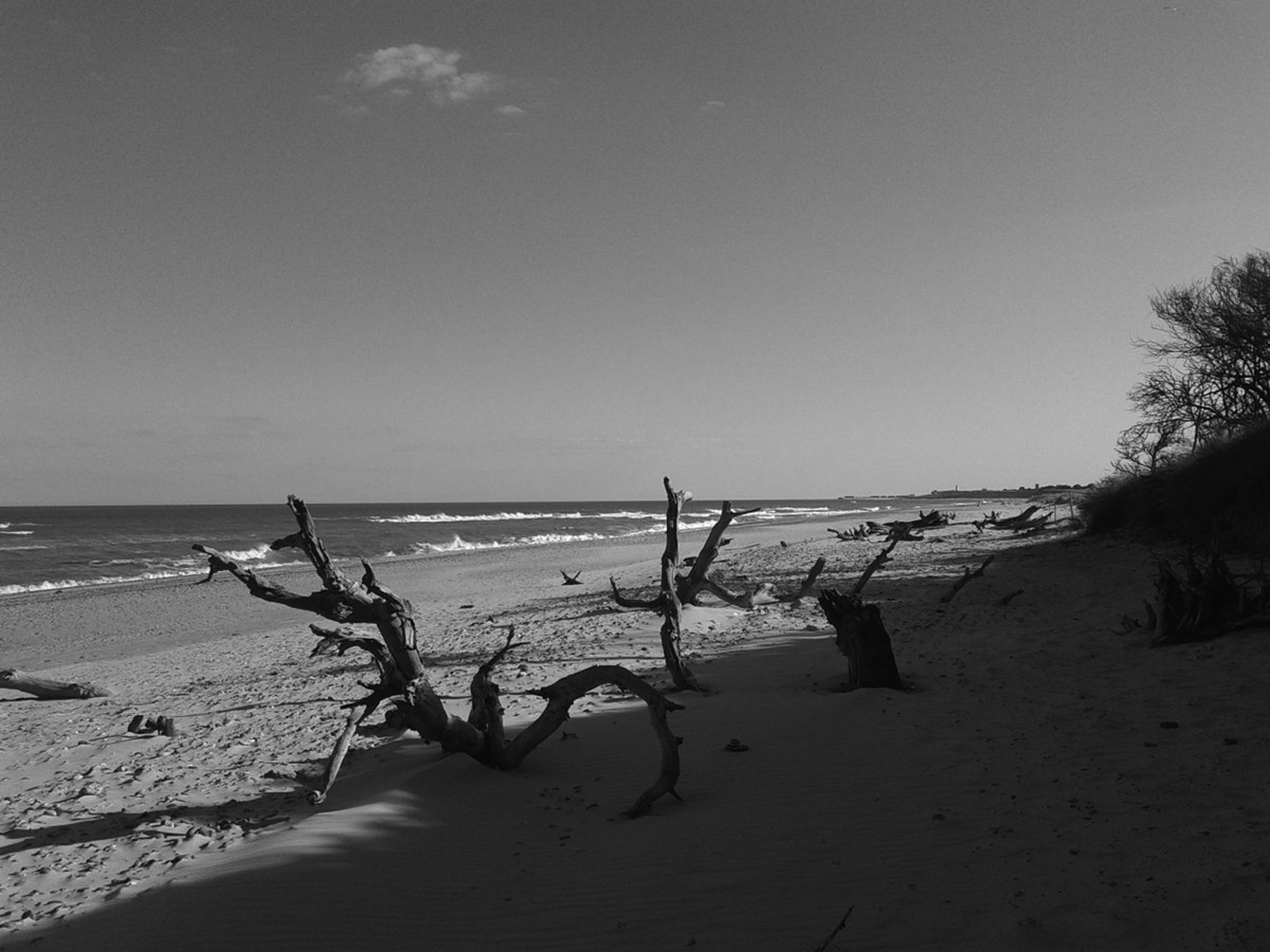
The world today is sick to its thin blood for lack of elemental things, for fire before the hands, for water welling up from the earth, for air, for the dear earth itself underfoot.
Henry Beston
The Outermost House, 1928
I live in a house on a windblown clifftop at the easternmost edge of what used to be the easternmost parish of England. The church fell into the sea in 1666, and this house itself called The Easternmost House has possibly only three summers left before it too is lost to coastal erosion. I wanted to describe a year of life on this crumbling cliff at the easternmost edge of England, in all seasons and in all weathers. This year of life is in fact the distillation of several years of life. There are stories, and beginnings, middles and ends, but not necessarily in that order.
We live here all year round, and have done so for several years, but I cannot say how many, for fear that to do so might itself tempt fate to render our life here episodic or experimental, and to end it with the destruction of the cliff and our house in a sudden storm.
Two nature-writing classics in particular are the ancestors of this book. The first is The Outermost House , by Henry Beston, first published in 1928, which takes as its subject a year of life on the great beach at Cape Cod. The second is Ring of Bright Water , by Gavin Maxwell, first published in 1959, which is about much more than the otters for which it will always be remembered. In each of these two books, the actual lives lived were the main adventure, and the writing was the offspring of the life. In each, there is also a deliberate attempt to live away from the mass of humanity, and to relate more closely to the natural world. Both also share an unspoken renunciation of the values of an urbanised society, and of materialism for its own sake. I suspect that Henry Bestons lament that the world is sick for lack of elemental things must be even truer today than it was in 1928. Gavin Maxwells assertion that places such as Camusfearna in Scotland are symbols of freedom from the prison of over-dense communities and the incarceration of office walls and hours echoes Bestons discomfort, but thirty years later. To their perceived horrors of the modern world as it was then, we can add a panoply of new ones: overpopulation, social media, plastic, pylons, sprawl.
Xanadu, Shangri-La, Tir na nOg, Avalon, Camusfearna, Arcadia. These names are all evocations of an archetype of an idyll, an earthly paradise set in a landscape of natural beauty, sometimes a place of myth or mystery. A suitable dwelling for such a scene might be a temple folly set in acres of rolling parkland, a timber cabin in a forest, a whitewashed cottage in a rugged landscape of rock and sea. But these places exist primarily in the imagination, so they can be changed, adjusted and revisited at will.
The Easternmost House is our real-life version, and throughout this book I will try to make this place as real to you as it is to us, and to convey some of the natural wonders surrounding us in this magical landscape of light and sky and water.
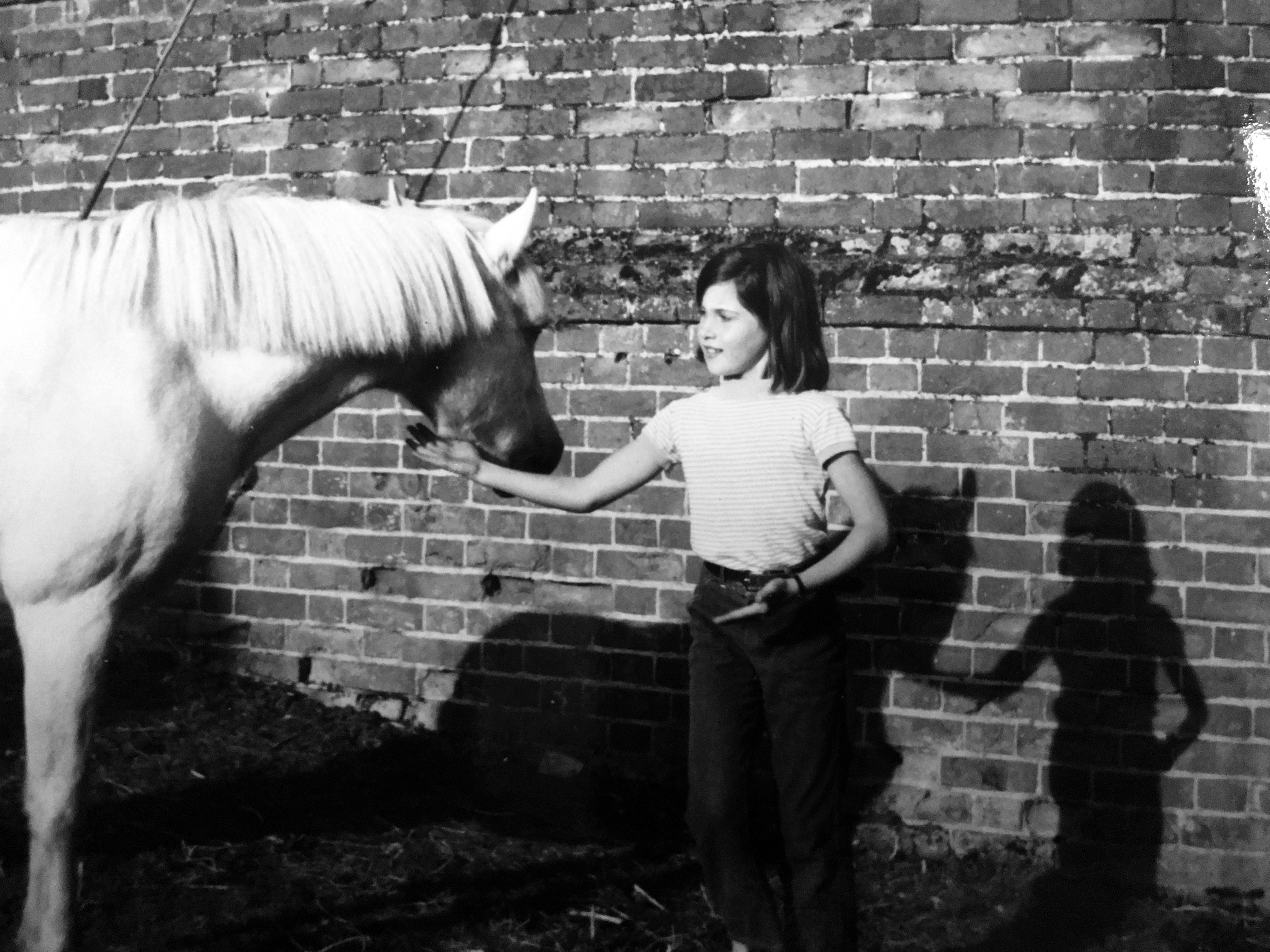
Look to this day!
For it is life, the very life of life.
Look well, therefore, to this day!
Such is the salutation of the dawn.
Ancient Sanskrit Poem
I had a rural 1970s childhood. Much of it was spent in what would now be seen as significant physical danger, often in literal and social isolation, sometimes with only animals for company, but all of which was normal for the time and place. My sister was older, earnest and bookish, and the noisier tribe of cousins and friends lived several miles or counties away, so I invented some imaginary brothers for everyday company, and to liven things up. I was also a tomboy, and for a time I privately self-identified as a dun pony.
It was a world in which death and disaster were ever-present. Drownings, broken bones, chainsaw incidents, fires, injuries by farm machinery and rogue elements of buildings, tramplings by beware-of-the-bulls and/or motherly cows protecting calves, were regular, if not quite commonplace.
There were also countless separate dramas involving ponies, including one in which I was caught in a thunderstorm in a wide-open landscape, and had to decide how not to be struck by lightning. With hindsight, I should have led the pony into an isolated church on our route, which would have had a lightning conductor on its tower and offered a little flint fortress of physical protection. But as I was only eleven and operating in a slightly more God-fearing era than now, the leading-the-pony-into-the-church option passed me by. In the event, I took a direct line across the country in the manner of a nineteenth-century hunting print, and just galloped home.
Font size:
Interval:
Bookmark:
Similar books «The Easternmost House»
Look at similar books to The Easternmost House. We have selected literature similar in name and meaning in the hope of providing readers with more options to find new, interesting, not yet read works.
Discussion, reviews of the book The Easternmost House and just readers' own opinions. Leave your comments, write what you think about the work, its meaning or the main characters. Specify what exactly you liked and what you didn't like, and why you think so.

